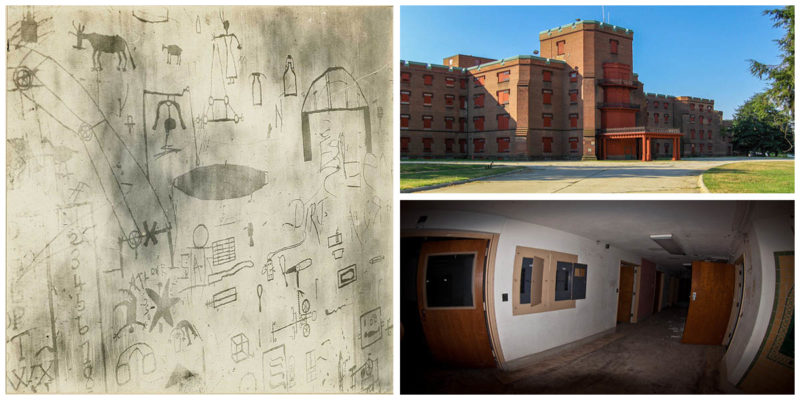It was opened as the first federally operated psychiatric hospital located in the United States in 1855. The hospital itself was constructed in 1852 when exactly $100,000 were appointed by the United States Congress for the construction of a mental institution in Washington D.C.
Its purpose was to provide care for the mentally ill residents of the District of Columbia as well as for mentally unstable members of the US Army and US Navy. Dr. Thomas Miller with the help of other local residents had petitioned for a facility that would take care of the mentally ill in the City of Washington since the 1830s.
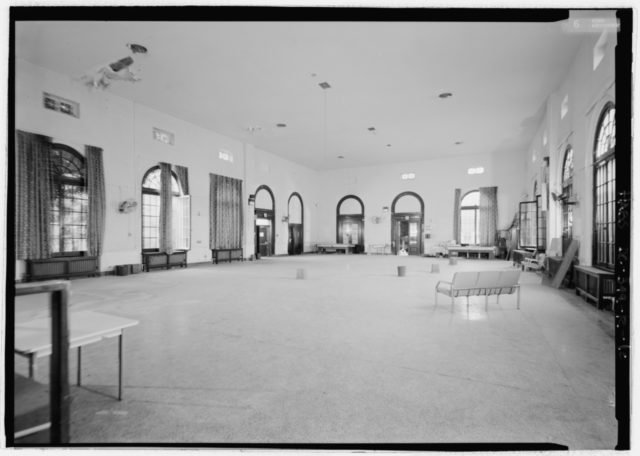
Everything would have been in vain if it wasn’t for Dorothea Dix who gave a significant boost to this whole idea. She was an American activist on behalf of the indigent insane, a pioneering advocate for the people that had to live with some form of mental illness.
It was her that convinced the legislators that this kind of institution in the City of Washington was a must. And so, in 1852, Dorothea wrote the legislation that established this hospital. Dix had a more or less friendly relationship with the United States President Millard Fillmore, and so he asked Dorothea to assist the Secretary of the Interior in getting this hospital to work.
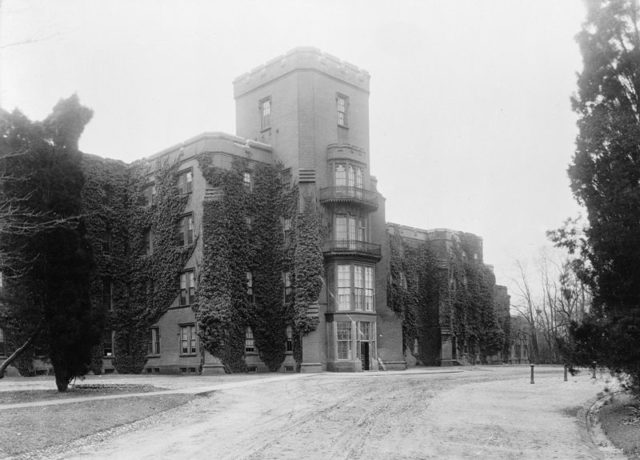
Dix recommended Dr Charles H. Nichols as the first superintendent before the hospital was even built. Both of them together did research for where the hospital should be located as well as the initial design.
The design that they decided to go with was the one devised by Thomas Story Kirkbride. If one is to read the manual that was devised by Kirkbride, he or she would find initial guidelines such as the number of patients, the need for a rural location proximate to a city, ventilation and so on and so forth.
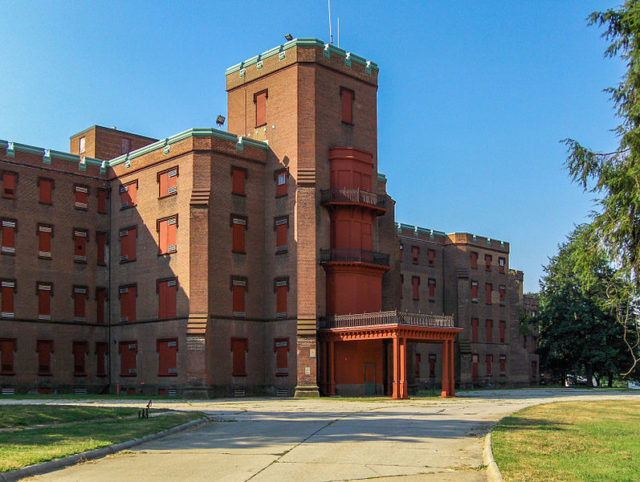
And so the hospital grew throughout the years. It was so successful and spacious that at one point during its existence it even housed animals on behalf of the Smithsonian Institution because the National Zoo was yet to be built.
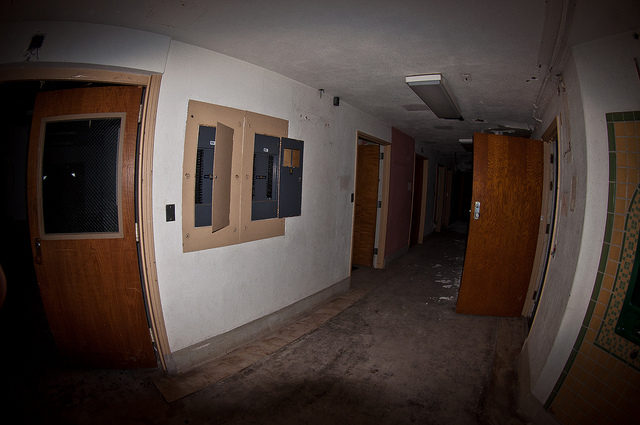
During its best years, the St. Elizabeths campus housed more or less 8,000 patients and employed some 4,000 people. Naturally, the size of the hospital brought with it the much-hated criticism for hindering the treatment of patients.
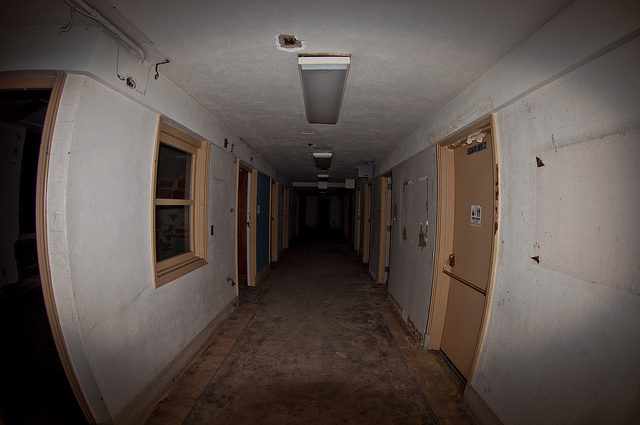
One thing leads to another and the 1963 Community Mental Health Act came to be. In it, a short passage clearly explained the need for deinstitutionalization. The act stated that outpatient facilities and drug therapy were more convenient and allowed the patients the live as normal lives as they could.
And so the patient population of St. Elizabeths steadily declined. In its last years, the hospital lost more than 7,000 patients leaving the hospital with some 850. Slowly, the equipment and medicine shortages declined. Even the heating system broke down and left the hospital without heating for weeks at a time.
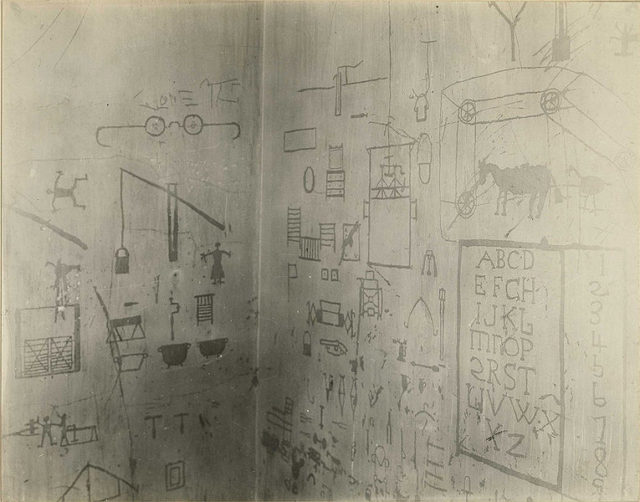
By 2002, the few remaining patients were transferred to other facilities. Today the hospital is half operational – half abandoned. The functional part of the hospital houses less than 400 patients. Half of those patients are civilly committed to the hospital for treatment while the rest are criminal patients.
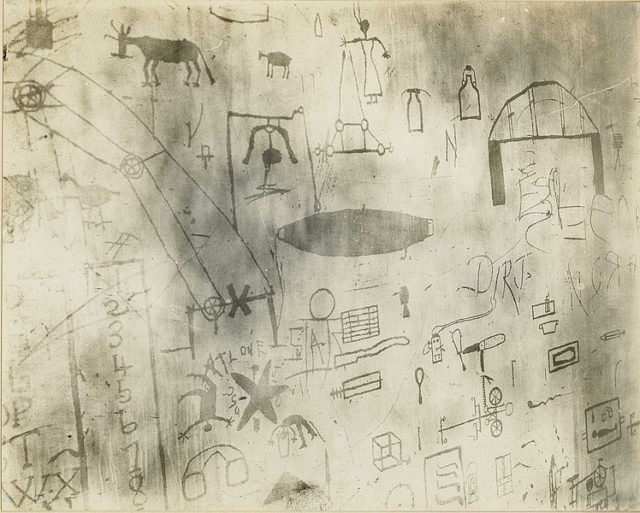
Among the most famous patients that were housed in this hospital were the would-be Presidential assassins: Richard Lawrence who attempted to kill Andrew Jackson, also John Hinckley, Jr. who shot Ronald Reagan. Other famous residents of this hospital were Mary Fuller, James Swann, Ezra Pound, and William Chester Minor.
It is believed that throughout the years more than 125,000 patients were treated in this institution and thousands more buried in unmarked graves, though nothing is confirmed.
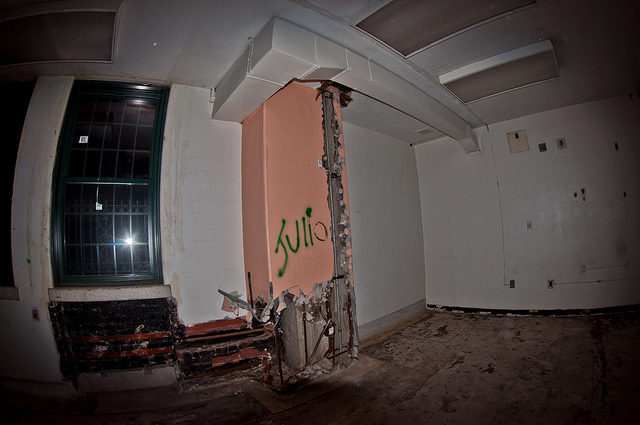
The hospital is also known for its 15,000 autopsies, the eerie collection of 1,400 brains preserved in formaldehyde as well as the 5,000 photographs of brains, and 100,000 slides of brain tissue.
After years of decline, the D.C. government is devising a plan for revitalization for the hospital’s campus.
